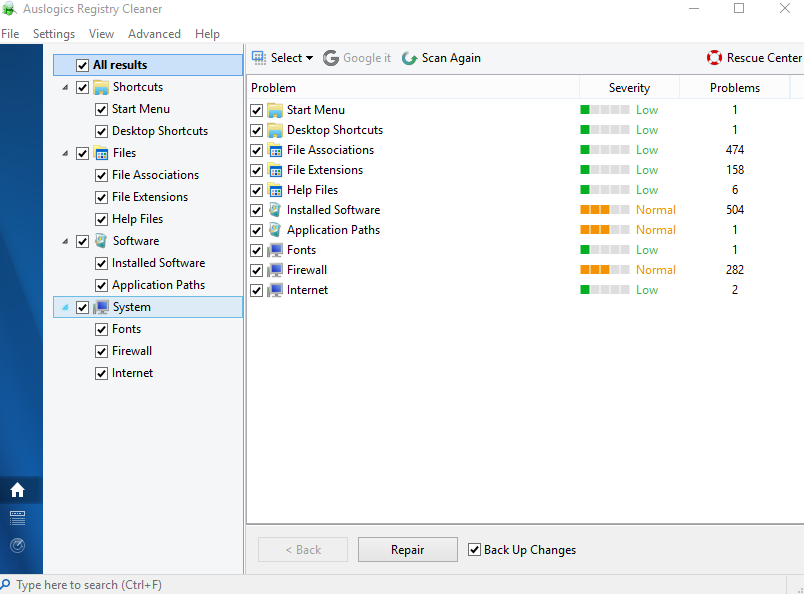
The registry is a heart and soul of any Windows system. It contains information that controls how your system appears and how it behaves. This causes RegRipper to ‘rip’ the ‘NTUSER.DAT’ file using all available relevant plugins. The result will be stored in the ‘Report File’ along with a ‘Log file’. The log file contains a log of the success/failure of the plugins executed . As an example, we load ‘NTUSER.DAT’ file from our evidence disk , select the ‘ntuser’ profile in RegRipper and ‘rip it’ .
- The registry can be edited through the APIs of the Advanced Windows 32 Base API Library (advapi32.dll).
- While closing all of your apps can often do the trick, it’s also possible that the thing blocking deletion of the file is Windows Explorer – also called File Explorer.
- The disadvantage of this is investigators cannot collect further information after they have captured the registry file.
- It also depends on the effectiveness of the registry cleaner you choose, and there are a lot to choose from.
In the following screen DON’T click on Install now. Just boot up the other Windows installation , attach the hard drive with the faulty Registry files, and replace them with the backup copy you made of the intact Registry files. The easiest way to do this is to take the hard drive or solid download api-ms-win-core-path-l1-1-0.dll at wikidll.com state drive out of your computer and put it in an external USB or eSATA case. Now, if you connect the hard drive to another computer and browse to the folders where the Registry files are located, they will be visible.
Instead, use a free registry cleaner if you want to clear out common registry junk automatically. You can now make whatever changes you need to make to the registry, which probably shouldn’t be done unless you’re versed in how to safely add, change, or delete registry keys and values. Make sure, whatever you do, that you only affect the narrow registry areas that you intend to. Control Panel contains settings for the Control Panel, Run contains settings that cause programs to run at startup, Uninstall will contain the uninstallation strings for most programs, etc. The next time you make a settings change you’ll have a better idea of what is going on behind the scenes.
Registry Keys, Useful Or Not, Accumulate Over Time
All manual changes to the Windows Registry occur in Registry Editor, a tool included in all versions of Windows. Registry Editor lets you view, create, and modify the registry keys and registry values that make up the entire Windows Registry. There isn’t a shortcut for the tool in most versions of Windows, so the best way to open it is by executing it from a command line. The registry contains registry values , located within registry keys , all within one of several registry hives . Making changes to these values and keys using Registry Editor change the configuration that a particular value controls.
Windows Failed To Load: System Registry File Is Missing Or Corrupt
While it is not stored directly on disk, it is neither a simple pointer to another key. Instead it merges the user level component information stored in HKEY_USER\current_user_sid_CLASSES and the system level information in HKLM\Software\Classes. If a key occurs in both places, the user-level value takes precedence. With a large amount of data stored in a configuration the speed of creating such a config in registry becomes an issue. Any application that does not uninstall properly, or does not have an uninstaller, can leave entries in the registry.
How To Work With The Registry
Jv16 PowerTools’ registry Cleaner component includes a slider bar for you to decide how aggressively you want the tool to scan—safe, normal, aggressive, or very aggressive. After the scan, a report shows a list of the categories of errors, from those with the highest to the lowest . The feature is interesting but not terribly valuable, since it doesn’t offer any details about how it’s identifying the problems.
Now right-click the Windows Start button and select Command Prompt . To navigate to the file directory of your file in use, enter cd and hit Enter. Press theWindows key + E, switch to the View tab, and press Alt + P to close the preview pane. The screenshot below shows an open preview pane on the right.